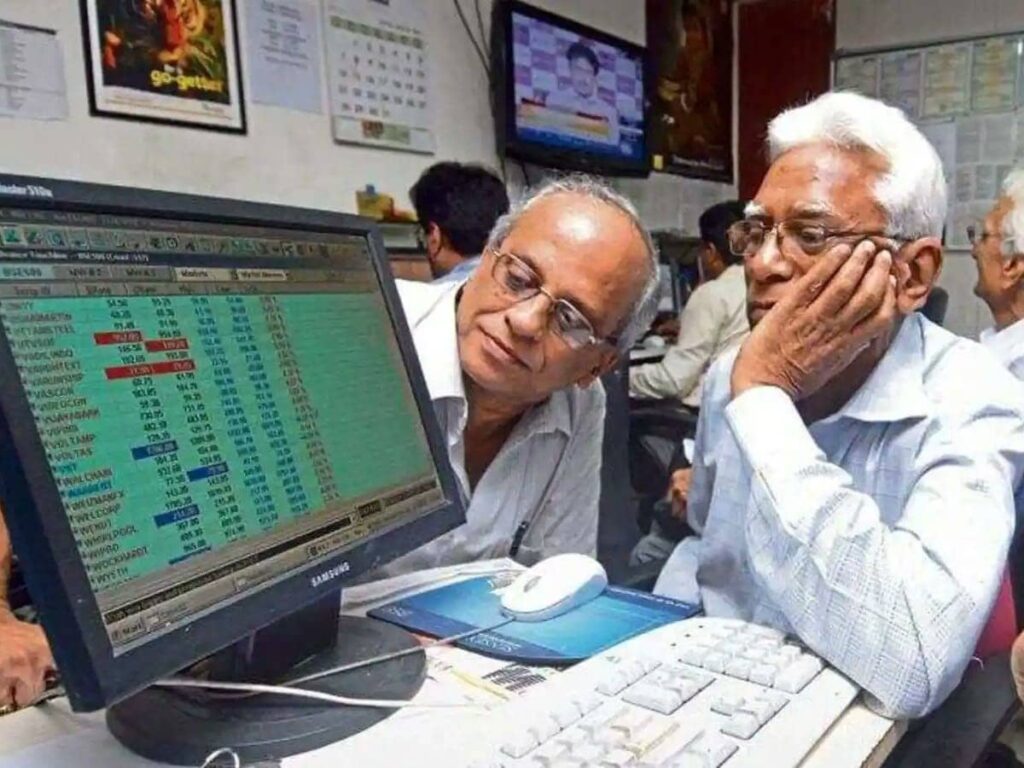The fiscal year 2025 is poised to be remembered for the substantial outflow of Foreign Institutional Investors (FIIs) from the Indian stock market. After reaching record highs in September, both the Sensex and Nifty indices saw significant selling pressure from FIIs. Understanding the scale and implications of this outflow is crucial for investors and the broader market sentiment.
Overview of FIIs in India
Foreign Institutional Investors play a critical role in India’s financial markets. They bring not only capital but also foreign expertise, contributing significantly to the liquidity and stability of the market. However, their investment decisions can greatly influence market trends and investor sentiment.
Recent Trends in Market Indices
In September 2023, the Sensex and Nifty reached their all-time highs, showcasing a bullish trend spurred by positive economic indicators and investor confidence. However, the momentum shifted significantly when FIIs began to retreat, leading to a notable decline in market indices.
| Month | Sensex High (in points) | Nifty High (in points) | Total FII Sale (in Crores) |
|---|---|---|---|
| September 2023 | 65,000 | 19,200 | 1,27,401 |
| October 2023 | 62,500 | 18,700 | – |
Impact of FII Outflows
The recent outflow of over ₹1,27,401 crores has raised concerns among local investors and market analysts. This rapid selling is indicative of broader trends, including global economic uncertainties, interest rate changes, and geopolitical factors that influence investment decisions.
Factors Contributing to FII Withdrawals
- Global Economic Uncertainty: Factors such as inflation, supply chain disruptions, and potential global recessions influence FIIs to reallocate their investments.
- Interest Rate Changes: Rising interest rates in developed markets can make foreign equities more attractive compared to emerging markets, prompting FIIs to withdraw funds.
- Domestic Economic Indicators: Changes in India’s macroeconomic landscape, such as inflation rates and GDP growth, can affect investor confidence.
Conclusion
The fiscal year 2025 marks a significant period of transition for both FIIs and the Indian stock market. Continuous monitoring of both domestic and international economic indicators is essential for stakeholders. As markets adjust to these changes, investors must remain vigilant and informed to navigate potential volatility in the coming months. Understanding the factors driving FII behavior can help local investors make more informed decisions and align their investment strategies accordingly.
